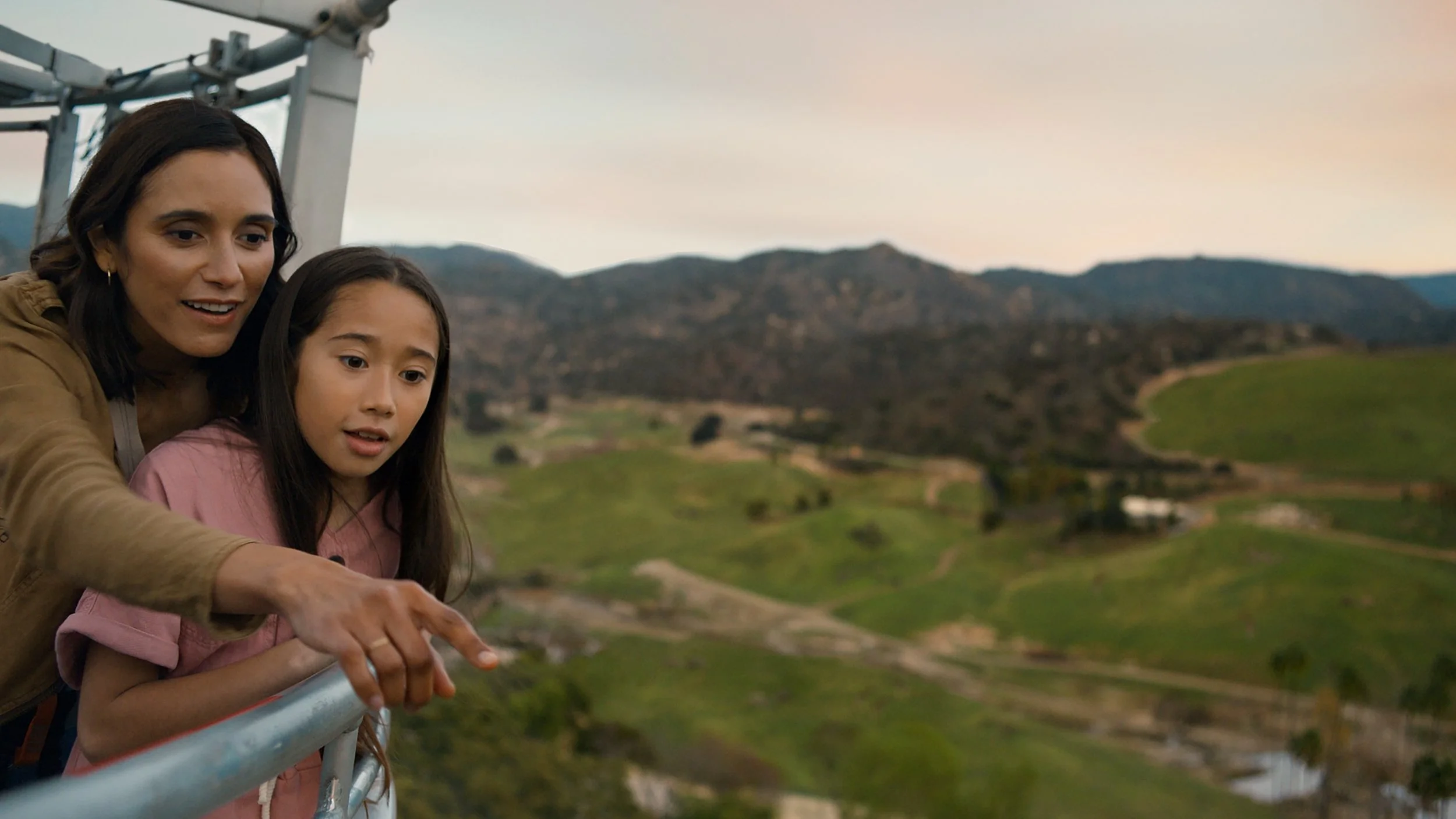San Diego Zoo "See Conservation from a New Perspective" Campaign
The “See Conservation From a New Perspective” campaign, conceptualized by the David & Goliath, invites visitors to an immersive experience with wildlife that transcends traditional zoo visits. At the heart of this initiative is the belief that seeing these animals up close, eye-to-eye, not only supports conservation efforts but also inspires a commitment to protect these magnificent creatures.
San Diego Zoo Safari Park “New Perspectives”
Director: Justin Bastien
Director of Photography: Justin Bastien
The concept for the campaign was to feature visually arresting print ads and films, including the hero films “New Perspectives” and “Eye-to-Eye,” that capture the profound connections forged when visitors and wildlife gaze into each other’s eyes. The campaign highlights the unique eye-to-eye encounters at the Safari Park, where visitors traverse the expansive savanna habitats aboard safari trucks, in hot air balloons, and even from an exciting zip line high above the park, experiencing the majesty of giraffes, zebras, cheetahs, and rhinos in their natural settings.
San Diego Zoo Safari Park “Behind the Scenes”
There were exciting challenges with this project every step of the way. Filming and photographing extreme, close-up macro shots of wild animals’ eyes, while trying to elicit an emotional response from the animals, can be close to impossible. They are animals, not paid actors and they do not take directions very well. And this is an open park, where the humans are much more contained than the animals, which range freely throughout the park. There were three main action-oriented scenarios that included synchronizing human talent with wild animal behavior. We had to cover a group of safari trucks with people surrounded by giraffes, elicit “joy” from the talent to match a wink in a giraffe’s eye, orchestrate hot air balloon rides with a mother and daughter, and I had to go down an almost mile-long zip line while filming backwards and manually pulling focus as I tracked the talent flying down a zip line next to me.
After some initial camera tests, we had a good solution to film the extreme close-up macro shots of the animals’ eyes. I’d use slow-motion capture and a variety of super telephoto lenses from a handheld rig. That way, we could adapt to the animals’ movements and quickly follow their eyes as they looked around and moved throughout the park. The next challenge was working with the animals and their caretakers to film them at the most optimal time of the day when they were most likely to be still and out on the park grounds. Even after the initial tests, more tests were required to see what would work best with all the moving parts. We had to adapt and improve in increase our chances of success with each animal, caretaker, and all the variables coming into play. There were 40-50 people on set, including all the crew, park staff, and talent that had to be managed as well. Our hero animals that we needed to cover included rhinos, zebras, cheetahs, owls, and giraffes. We also filmed an adult tiger, tiger cubs, and a golden eagle as backup options in case our hero animals were not following my acting instructions.
Bringing together the three hero scenes with the safari truck, the hot air balloon, and zip line along with all the shots of the animals and the park visitors was a big challenge in only two days of shooting. We knew it was risky and next to impossible to get everything we needed in that time frame. We over-prepared by filming and photographing as many of the animals as we could on our test shoot day to relieve the pressure for the two full shoot days allotted for in the production schedule, and it made all of the difference.
Seeing the slow-motion footage of the animals’ eyes on the back of the camera was mesmerizing. The subtle, soft movements, the slow blinking of the eyes, and the animals’ emotions were really coming out on the screen. I was surprised, as I have rarely had that type of close-up experience with these animals. It felt like we were capturing something special and truly bringing a unique perspective together for the campaign.
After we wrapped up the principal photography, the footage was sent to the post-production company and VFX artists for the final touches that brought it all together. The campaign, at its heart, is meant to reveal the magic of animals and how seeing these animals up close not only supports conservation efforts but also inspires a commitment to protect these magnificent creatures and their habitat. In our fast-paced, urban life, we sometimes forget about the natural world all around us. The San Diego Zoo Safari Park is a unique opportunity to witness and remember our connection to the natural world.
The campaign elements include a 30-second film running on local broadcast in San Diego and Los Angeles markets, :15 and :06 social videos, two radio spots, and print. All are crafted to draw visitors into the Safari Park's story, showcase the many experiences one can have at the Safari Park and inspire them to take part in conservation efforts. Because a world without our wildlife is unimaginable.

CREDITS
Client: San Diego Zoo
Agency: David & Goliath
Creative: Ben Purcell, Courtney Pulver, Robert Casillas
Producer: Jane Krull
Editorial: Spinach
VFX/Color: JAMM
Director: Justin Bastien
Photographer/DP: Justin Bastien
Tags: commercial, San Diego Zoo, safari park, advertising, photography, motion, digital, conservation, wildlife, campaign, Justin Bastien, director, photographer, social, media













